Rolls-Royce Vision 100 concept car leaps into the future with an AI personal assistant and sofa for a backseat. Take a look.


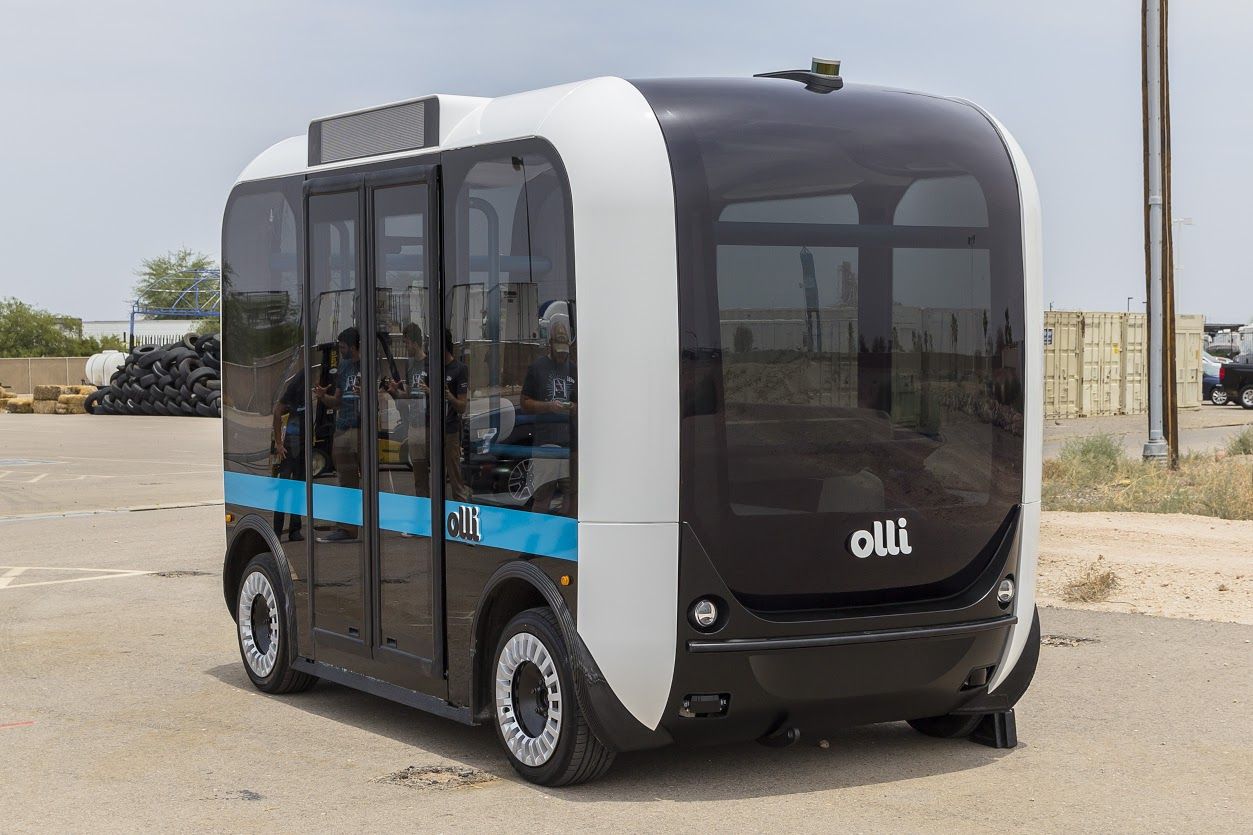
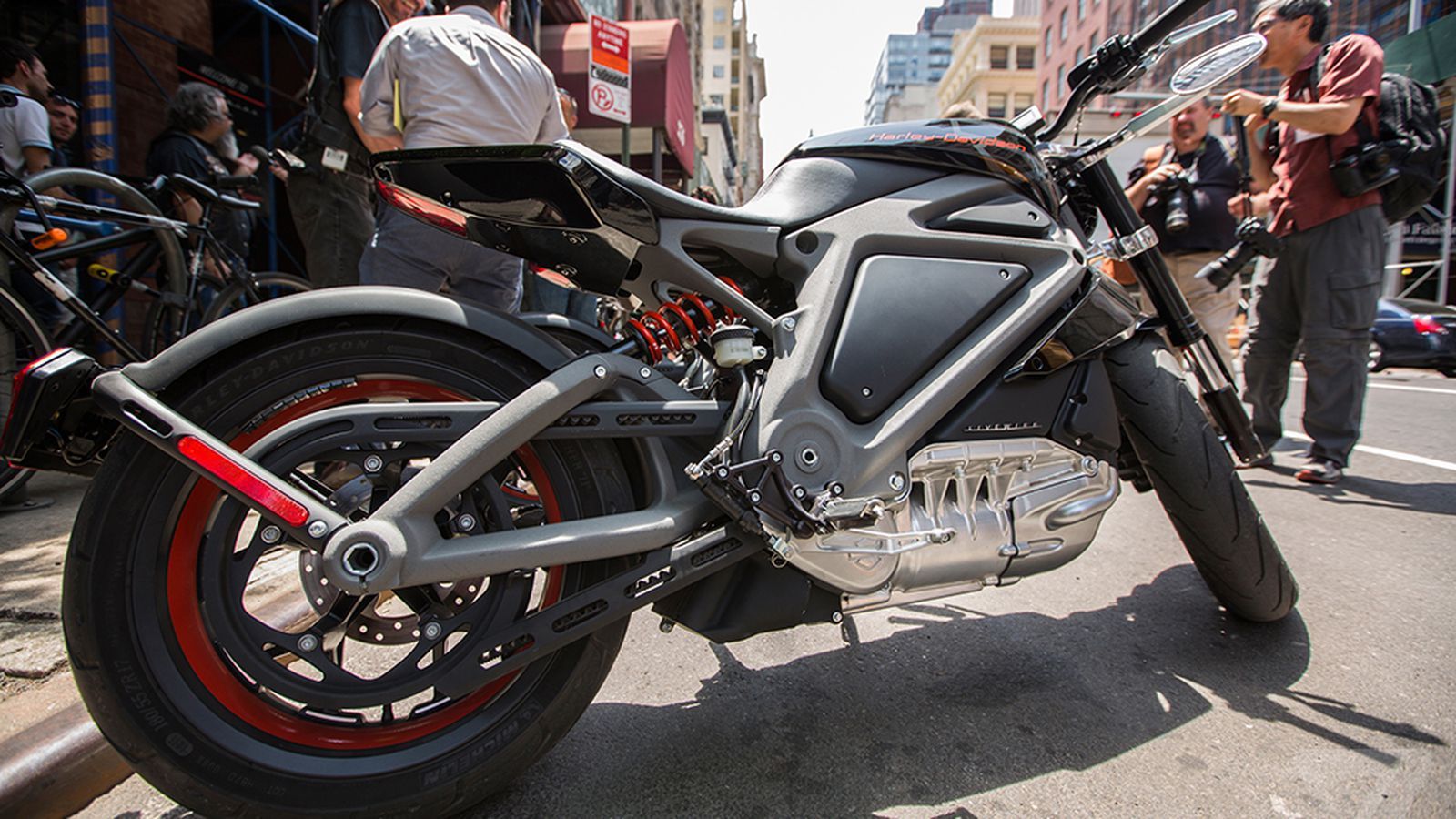
Iconic American motorcycle manufacturer Harley-Davidson is known for chrome, freedom, and big, beefy V-twin engines — but soon, it’ll also be known for something very different.
In an interview with the Milwaukee Business Journal, Harley senior VP Sean Cummings says that it’ll put an all-electric motorcycle on the road within five years. You might recall that the Wisconsin-based company built a limited number of LiveWire electric prototypes in 2014, letting media and customers go for test rides, but those bikes were never sold to the public and were never intended for a production run. Still, LiveWire’s existence suggested Harley was pretty serious about exploring the notion of an EV motorcycle — and apparently, the customer response was positive.
The LiveWire was pretty impressive for its day, capable of 0 to 60 in under four seconds and a top speed of nearly 100 miles per hour — but the 55-mile range (33 in a high-performance mode) along with the 3.5-hour charging time made it a little less versatile than a traditional gasoline motorcycle. Presumably, Harley will use the next few years to engineer a newer, better powertrain that offers more range and quicker charging.
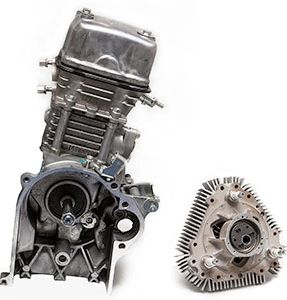
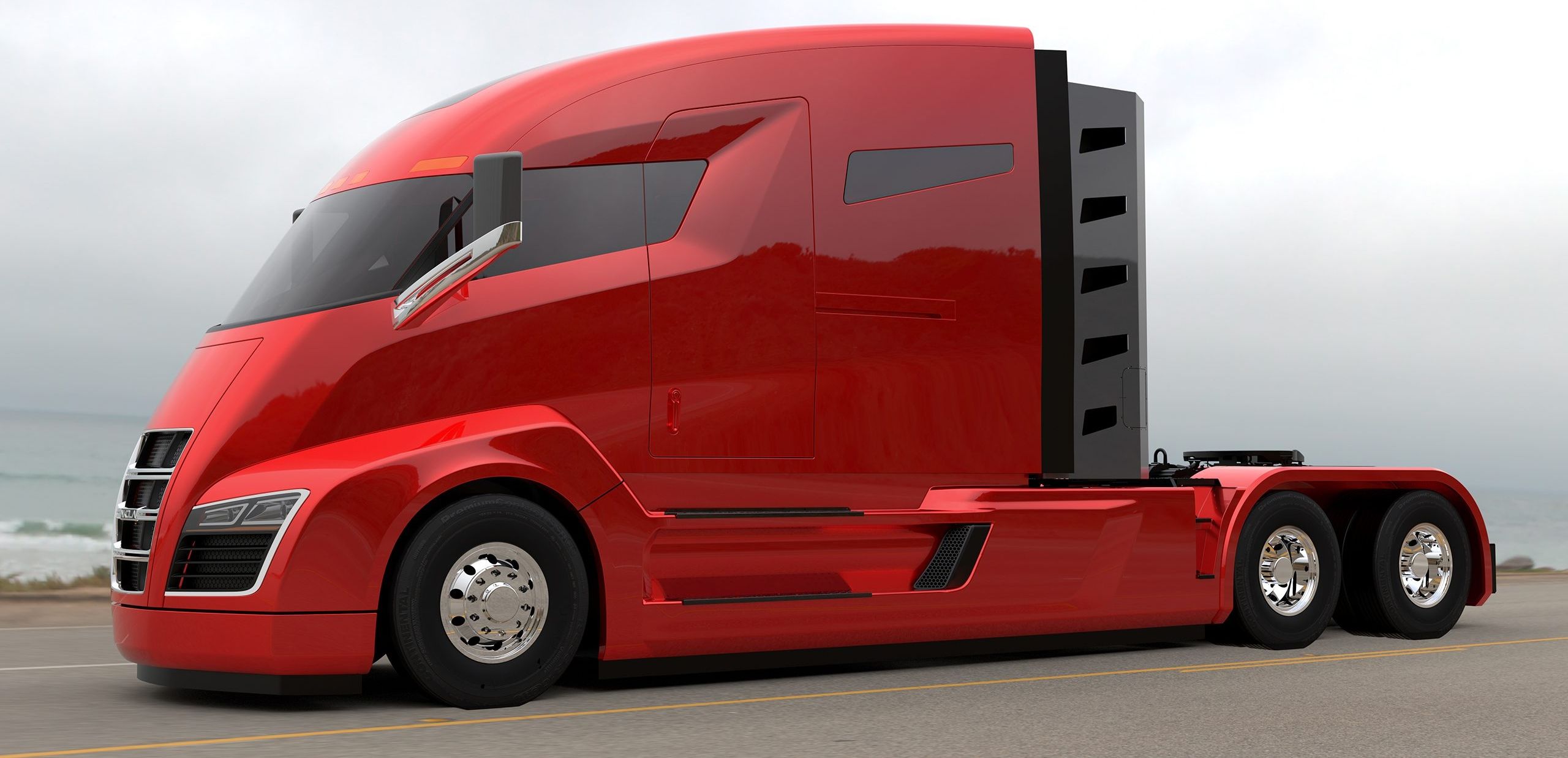
Interesting…
Last month, we reported on a new Salt Lake City-based startup, Nikola Motor, unveiling the design of its first product; an electric truck with a natural gas range extender called ‘Nikola One’. The company attracted a lot of attention for having a name reminiscent of Tesla Motors – both inspired by the physicist Nikola Tesla – but it also unveiled serious ambitions to revolutionize the trucking industry.
The ‘Nikola One’ will be equipped with a massive 320 kWh battery pack and the company hopes that it will be able to travel up to 1,200 miles with the natural gas range extender. Now the company announced that it received over 7,000 pre-orders with deposits for its electric truck since the unveiling of the concept last month. CEO Trevor Milton says that the pre-orders are worth over $2.3 billion.
The company made the announcement in a press release this morning. Milton said:
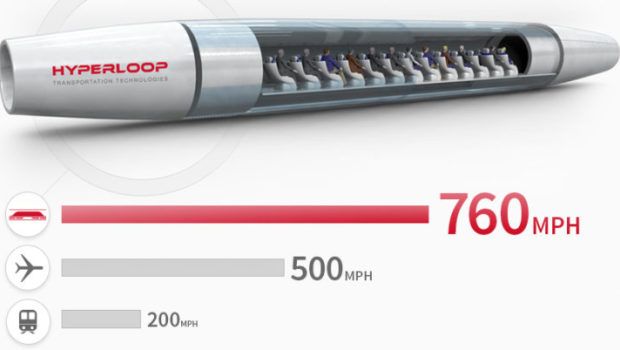
Originally published on Gas2.
Hyperloop Transportation Technologies (HTT) says it has created a new material that is ten times stronger than steel but 5 times lighter than aluminum. Think about that for a minute. Assuming those claims can be verified, and also assuming the material is not otherworldly expensive, it may take the place of carbon fiber the way Saran Wrap displaced waxed paper.
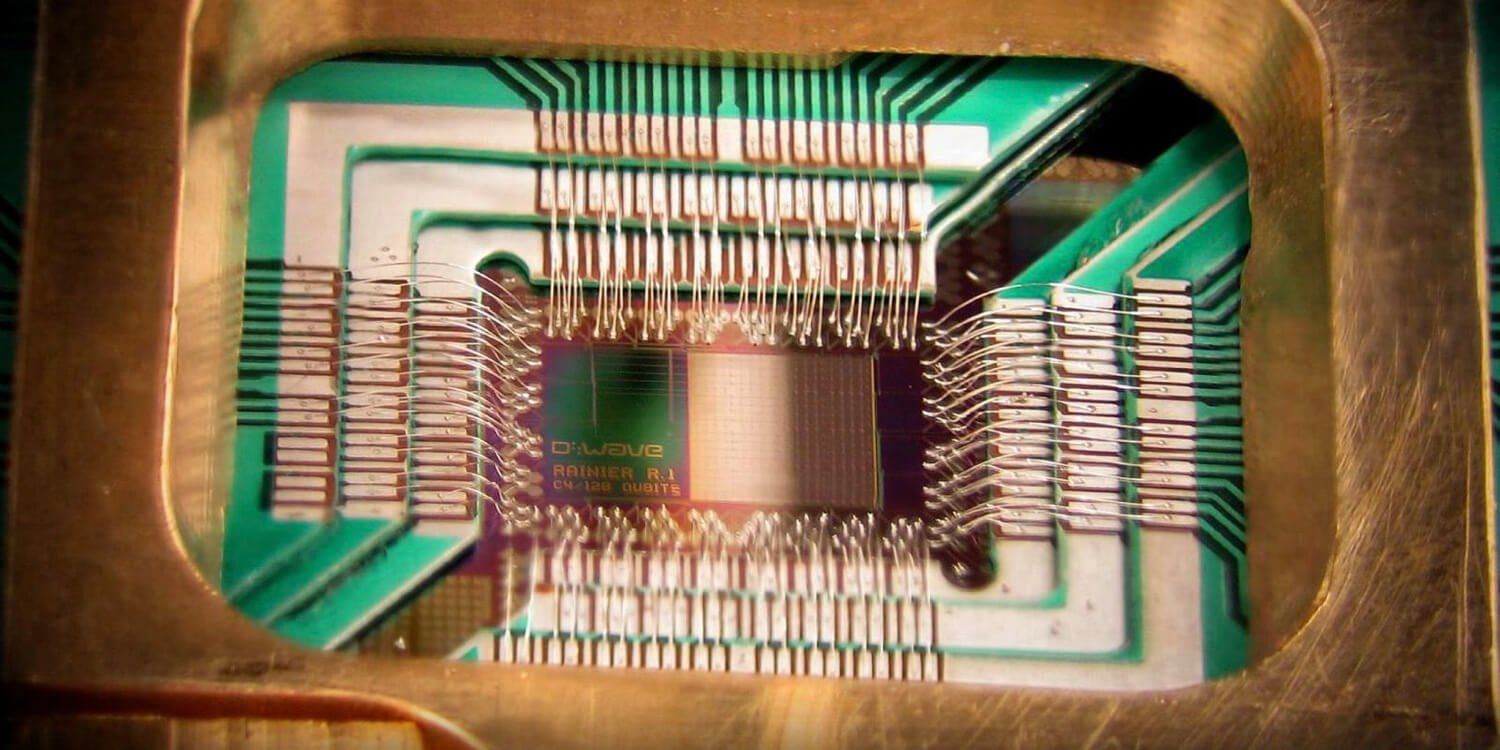
Exponential Finance celebrates the incredible opportunity at the intersection of technology and finance. Apply here to join Singularity University, CNBC, and hundreds of the world’s most forward-thinking financial leaders at Exponential Finance in June 2017.
Modern life is punctuated by market cycles.
One year the gears of commerce are whirring along. Businesses are hiring and investing. People are buying houses and cars, televisions and computers. Things are going great. Then a year later, the gears screech to halt—sweeping layoffs, plummeting investment, and crashing markets. No one’s buying anything.
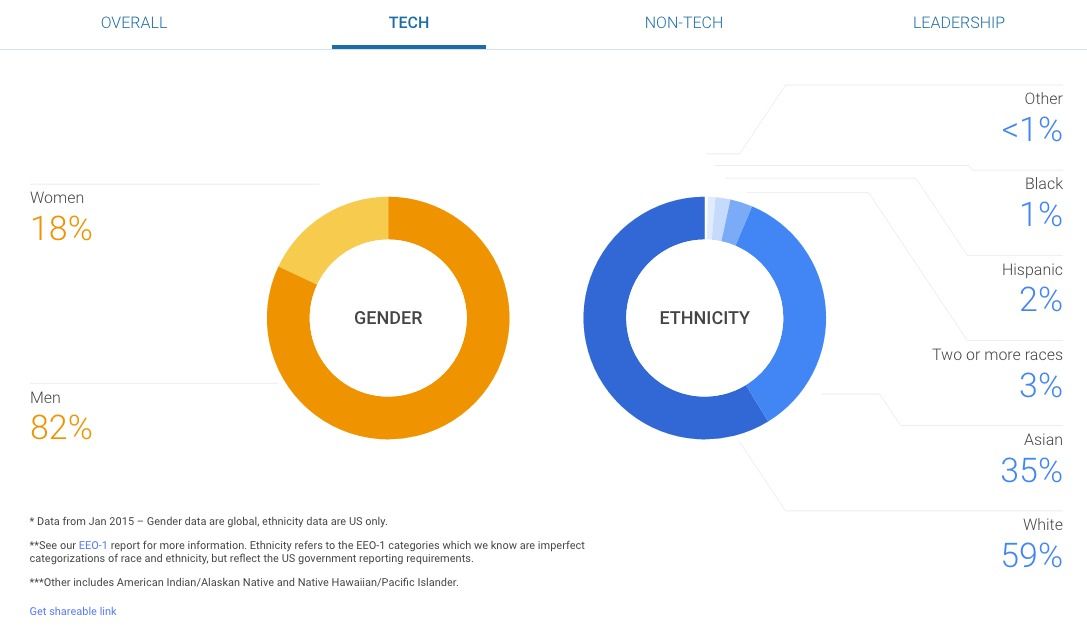
Finally, someone is getting the concept about why in tech where you’re producing technologies that ultimately support many areas of the consumer market in the form of bio/ medical, consumer commercial products, art, homes/ buildings, autos, etc. You must be more inclusive in your teams or find your product and services will plataeu as more and more competitors crowd the space over time; something that other industries have learned many many decades ago.
Because most of the quickly growing companies and startups that tend to dominate it emerged from the maker community, the 3D printing industry often seems to find itself a little sequestered from the rest of the tech industry. Part of the reason is that very few of the industry’s largest companies started or are even based in Silicon Valley. While there is more to the tech industry than Northern California, it is often treated like the popular kids’ lunch table: everyone wants to sit there, and those that are tend to ignore those that aren’t. Sure most of the world’s large tech shows and conferences include plenty of 3D printing these days, but there still isn’t as much crossover as you’d expect, and 3D printing is still treated like that weird cousin who you’re not exactly sure is going to amount to anything.
I certainly can’t speak for everyone, but it almost feels as if being off in its own corner has been good for 3D printing. It has allowed a culture that thrives on open source technology and software to take root, and proven that businesses don’t need excessive patents to be successful if they build their companies correctly. In reality, 3D printing, despite being tech- and software-driven, probably has more in common with the manufacturing industry than high tech. However for all of its varied differences, the 3D printing industry does share one thing with most of the big tech companies in the world, it has a bit of a diversity problem.

Interesting read and one that many have learned over the years; however, the rules are always changing though.
Illustration: Peter C. Espina /GT
The story of China’s rapid modernization through the use of Western technology took an unusual twist last week when a US firm aiming to build America’s first high-speed rail line abruptly cut its ties with a Chinese partner over technology transfer issues. XpressWest, the US builder of the line connecting Los Angeles and Las Vegas, was quite frank, blaming its decision on Washington’s requirement that rail cars for the project be locally manufactured.
While XpressWest wasn’t more specific, its brief announcement strongly implied that its Chinese partner, China Railway International (CRI), was unwilling to make the necessary technology transfers for the project to go ahead.
The ideal long distance transportation mechanism is a supersonic vertical take off and landing electric jet.
Elon Musk is the billionaire CEO and Chief Designer of (SpaceX). Builders of the most advanced space rockets in the world, and others.